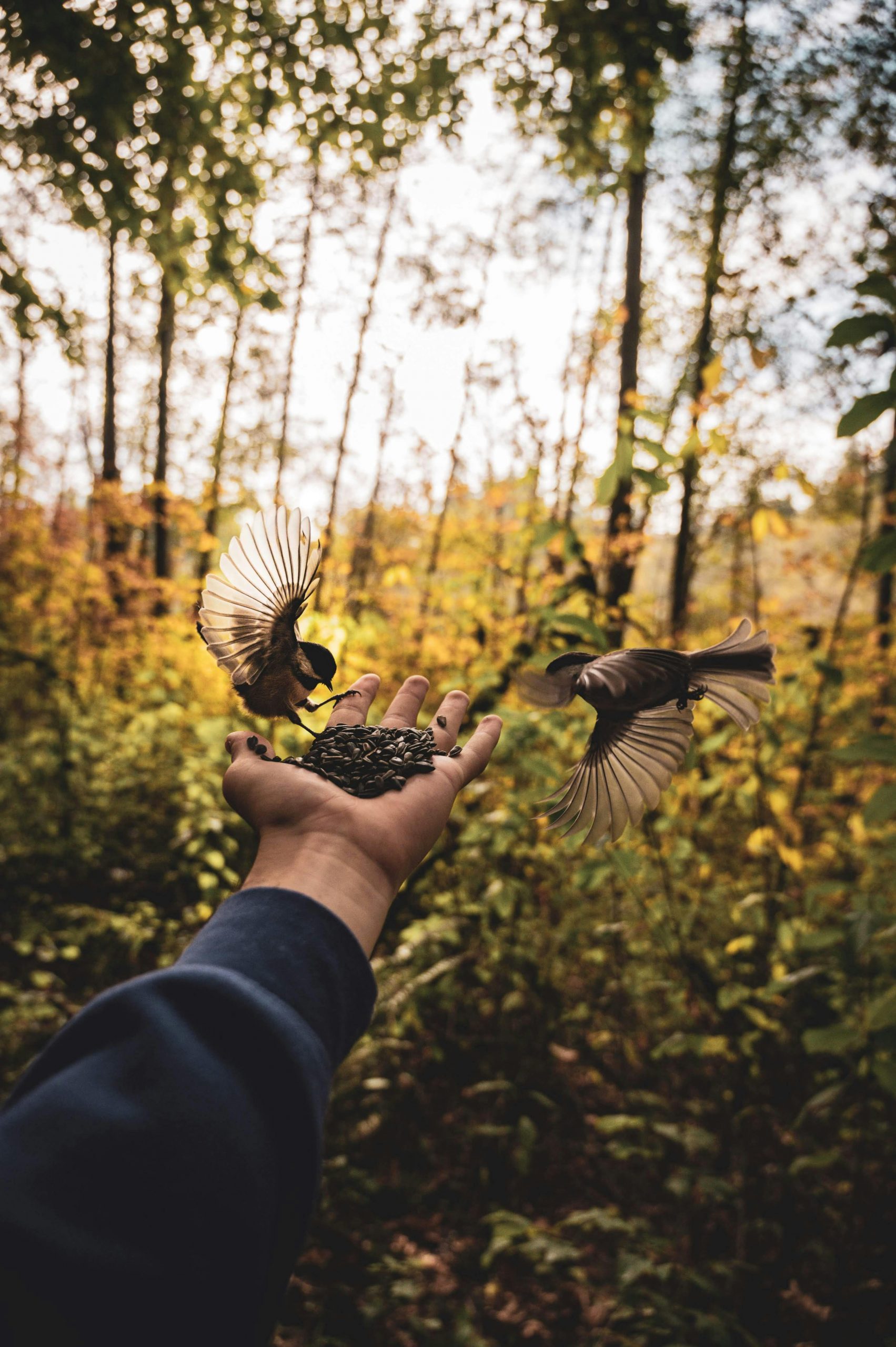We’ve all done it: had some leftover bread lying around (or even went through the trouble of buying some breadcrumbs) and fed it to our local feathered friends in your garden or at the park. But is this the best thing we can provide birds? We hash out the good, the bad, and the ugly when it comes to feeding your leftover loaves to local birds.
Is bread bad for birds?
Yes and no. While bread isn’t a harmful or toxic food for birds, it doesn’t provide any value to them either. Bread is packed with carbohydrates and empty calories that can quickly fill up their stomachs. With their stomachs full, they won’t be foraging for their usual, and very necessary, nutritious foods throughout the day.
While you might be thinking, “It’s just one time, how bad can it be?” You might be feeding birds bread or even crackers once a week, but your neighbours are also in on this trend – keeping bird tummies filled with bread throughout the week. Since food can be scarce, birds will take what they can get (and they’re used to food in the wild being nutritious, so they don’t really know the difference with the foods we provide).
Feeding birds bread and crackers can result in malnutrition and nutritional deficiencies when eaten regularly or in large amounts. For many, nutrient-rich staples include insects, tender plants, fish, caterpillars, nectar, fruits, whole grains and seeds. Rarely do they seek out carbohydrate-rich foods, like bread, unless presented by humans.

What to feed instead
Whether you’re looking for a good bird-friendly snack to take with you to the park or have a specific spot in your garden, here are a few examples of healthy foods you should be presenting birds:
- Plant buds
- Flowers
- Tender green plant sprouts
- Flies
- Worms
- Moths
- Mosquitoes
- Crickets
- Fruits: wild strawberries and raspberries, melons, apples, papaya, banana
- Vegetables: mielies, avocado, pumpkin, and baby marrow
- Commercial wild bird seed from your local pet store
- Suet balls
- Bird-friendly sugar water (a great substitute for nectar during the colder months)
It’s the intention that counts. Feeding birds is a great way to help build up a more balanced wild community. Making nutritious foods available for local bird populations does wonders for the environment. Birds not only help maintain a balanced ecosystem by eating insects and other animals, but some species are also crucial pollinators, helping to keep wild grasses, grains, flowers, and even vegetables alive and thriving. Just make the switch: ditch the bread and keep a handful of wild bird seeds (or tasty insects) ready for your next walk!
Also See: Fruit and vegetables you can grow to share with your pets
Fruit and vegetables you can grow to share with your pets

